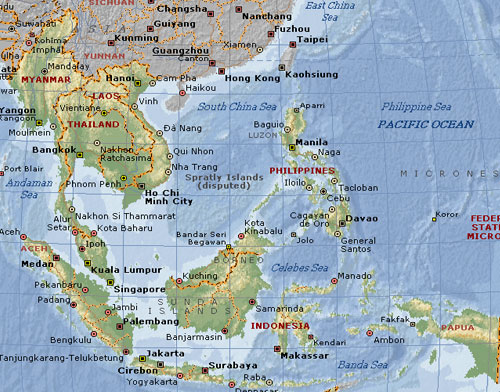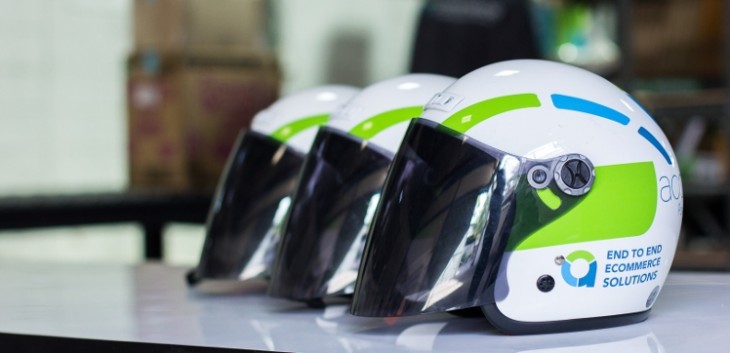
What a past few months it has been for Southeast Asia’s startup scene. Now, venture capitalists are setting aside funds for young technology companies in this part of the world.
The relatively sparse opportunities for funding mean that startups in Southeast Asia often take routs that differ from their Western peers – for example games-maker Garena fronted Singapore-based online grocer Redmart’s entire $3 million Series A round. However, the surge in investor dollars, a large part of which comes from Japan, means that there have never been so many high-profile funding sources here before.
To recap, here are some of the new sources of funding that have emerged of late:
April 2014: Singapore government to put $50 milllion into six funds
May 2014: GREE Ventures’ $50 million fund
May 2014: Softbank’s $50 million fund for Indonesia
May 2014: Monks’ Hill Ventures’ $80 million fund
June 2014: Softbank’s $20 million fund for the Philippines
June 2014: Cyberagent Ventures’ $50 million fund
July 2014: Rakuten Ventures’ $100 million fund for Asia, US and Israel
In addition, Korean accelerator Spark Labs launched a $30 million seed-stage fund last year. Though it is focused worldwide, Southeast Asia is very much in its thoughts.
Why now?
Southeast Asia’s startup ecosystem is growing up as more people come online via smartphones and tablets, and the risk-averse culture that leads to a desire to work at big companies is on the decline.
Comparatively few among Southeast Asia’s population own PCs or desktop devices, instead hundreds of millions will leapfrog that and jump straight into the mobile internet. Sales of smartphones and tablets are rapidly increasing — the last quarter reportedly saw a 43 percent year-on-year jump, so it goes without saying that there are vast opportunities for internet companies in the region.
Then there’s the size of the market itself, which has a combined population of more than 600 million people. Places like Indonesia, Thailand, the Philippines and others are increasingly internet savvy — social networks are hugely popular and Indonesia’s capital city, Jakarta, alone accounts for an estimated 2.4 percent of Twitter’s entire traffic. That clearly demonstrates that a market for tech products is alive, well and has potential to grow significantly.
Sprinkle in other evidence, including success stories — like Zopim, acquired by Zendesk — Rocket Internet’s prolific startup funding spree, and the involvement of early investors from overseas (like 500 Startups), and there is a clear reason to have an active fund in Southeast Asia.
E-commerce still the primary focus
The biggest deals in the region have involved e-commerce — including Thailand-based aCommerce’s $10.7 million raise, GrabTaxi’s recent $15 million injection, and Luxola’s $10 million funding round — and we can expect this trend to continue for a number of reasons.
First and foremost, commerce-related activity requires significant amounts of capital due to the logistics involved. Also, on a very basic level, investors see a clear revenue model that can scale as mobile internet adoption and online shopping rates grow.
It isn’t just about commerce though. There is an emerging opportunity for business-to-business services that are focused on localizing to pain points in the region. Software-as-a-service is also emerging, as a recent editorial on this very blog explained.
Huge opportunity to make a difference
Personally, I hope to see more startups offering health, learning and community-led experiences gain funding, because they promise to provide new levels of access to information for many tens/hundreds of millions of people in Southeast Asia. It would be a shame to see that opportunity used solely to grow commerce companies’ bottom lines, and the increase in VC-led funding opportunities gives creative entrepreneurs the chance to genuinely change people’s lives in this part of the world.
As I wrote at the start of 2013, I genuinely believe that the growth in technology adoption coupled with the rich diversity of culture, makes Southeast Asia the most exciting part of the world for startups and tech right now. So it’s encouraging that VCs are responding with money that could be used to enable more change.
To be clear, there are still vast challenges. A lot of the wealth tends to be gathered around Singapore, which is not a developing market in any way; countries here all pose significant operational challenges to new arrivals and disruptors; while few startups are truly regional in their approach — but the future certainly looks bright.
It will be interesting to see how far Southeast Asia’s startup scene has progressed in another 18 months.
Images via BPTU / Shutterstock, nustaffsite / Flickr, and aCommerce
Get the TNW newsletter
Get the most important tech news in your inbox each week.






